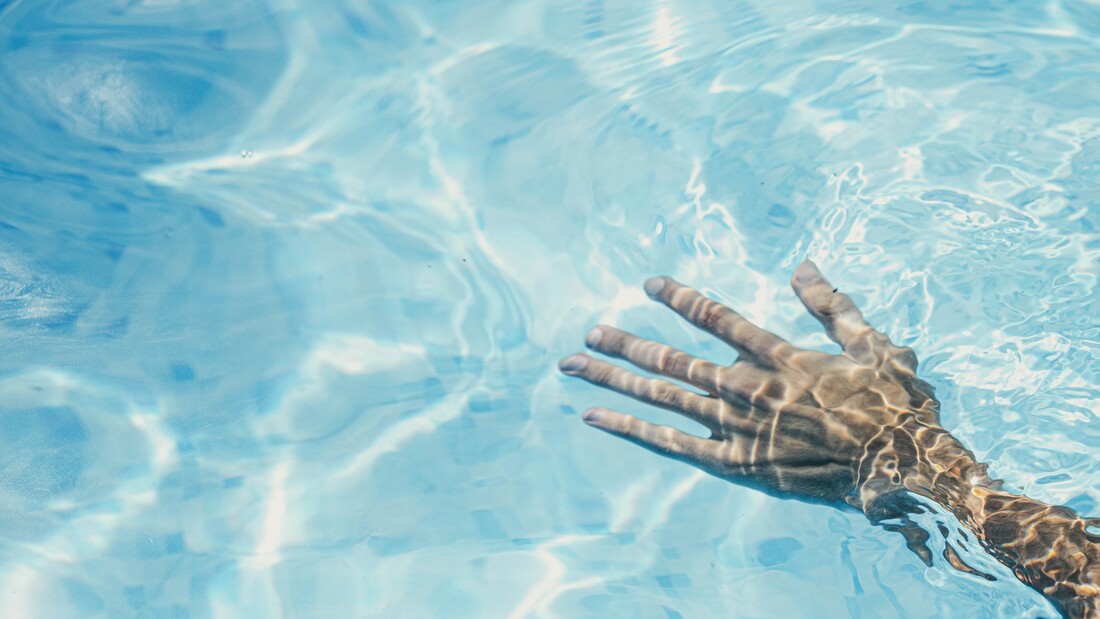|
Swimming technique plays a crucial role in a swimmer's performance and injury prevention. One aspect that has sparked debate among swimmers and coaches is whether to swim with open fingers or closed fingers. Swimming is a sport that requires precision and technique to excel in the water. Among the various aspects of swimming technique, the debate between open finger swimming and closed finger swimming has long been a topic of discussion. Open finger swimming involves keeping the fingers relaxed and slightly apart during the stroke, while closed finger swimming requires tightly clenching the fingers together. Both techniques have their proponents and claimed benefits, leading to a fascinating debate in the swimming community. Whether you are training for a triathlon or swimming to gain fitness, we can tailor your Strictly Swimming London lesson to develop the best hand position for you. Open Finger Swimming Swimming with open fingers, also known as "relaxed" or "loose" hand technique, involves keeping the fingers slightly apart during the stroke. This technique allows for a more relaxed and natural movement of the hand through the water, reducing fatigue and the risk of injury. One advantage of open finger swimming is the increased range of motion in the hand, wrist, and forearm, leading to greater power and propulsion. Additionally, open fingers can help prevent cramping, a common issue for swimmers using closed fingers. It is worth noting that "open finger swimming" refers to the fingers being slightly apart, not stretched wide apart. Closed Finger Swimming Closed finger swimming, also known as "tight" or "firm" hand technique, involves keeping the fingers tightly clenched during the stroke. This technique is often debated, with some swimmers believing it provides more power and control in the water. Closed fingers create a streamlined hand position, reducing drag and increasing speed and efficiency. The technique can also improve grip for sudden turns or maneuvers. Benefits of Open Finger Swimming
Benefits of Closed Finger Swimming
A study published in the Journal of Sports Science and Medicine compared elite swimmers using both open and closed finger techniques. The study found that closed-finger technique resulted in greater peak force and propulsion, while open-finger technique resulted in less finger muscle activity and more activity in the upper arm and shoulder, potentially reducing fatigue and injury. Another study in the Journal of Applied Biomechanics found that closed-finger technique produced greater peak force but also higher muscle fatigue. The study observed increased muscle activation in the fingers but also in the upper arm and shoulder. A 2020 study in the Journal of Sports Science and Medicine found that open-finger technique resulted in greater power output and stroke rate compared to closed-finger technique. However, closed-finger technique led to greater finger muscle activity, potentially enhancing muscle endurance over time. In conclusion, the choice between open and closed fingers in swimming is highly individual and depends on the swimmer's goals, experience, and physical abilities. Open fingers may be less fatiguing and less prone to injury, while closed fingers may provide more power and control. However, scientific evidence is limited, and swimmers should experiment with both techniques to find what feels most comfortable and effective for them. A combination of a slightly closed finger with a relaxed technique of open fingers may also be an option worth considering. Please feel free to discuss these techniques with your Strictly Swimming London coach during your lessons. Comments are closed.
|
AUTHORPaul started competing in swimming from the age of 8 and eventually went on to represent his country all over the world. During his time at University, Paul specialised in Aquatics and the Biomechanics of Swimming and produced numerous theses on swimming performance. TOPICS
All
ARCHIVES
June 2024
|
Let's connect!
Copyright © 2024 Strictly Swimming


